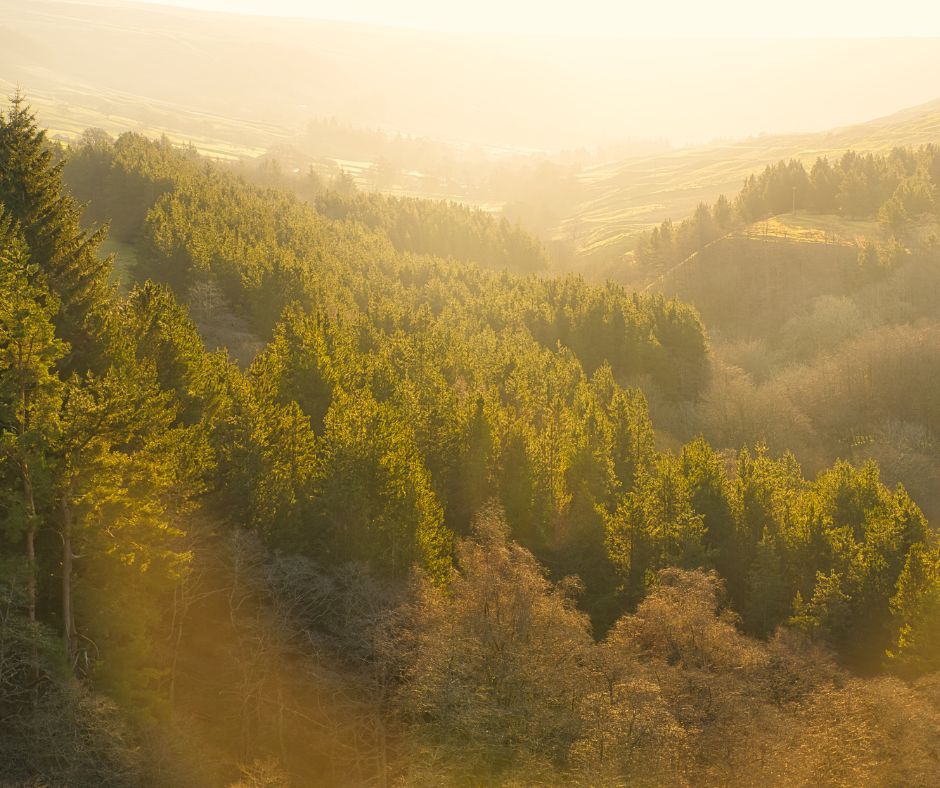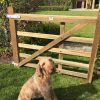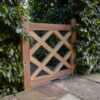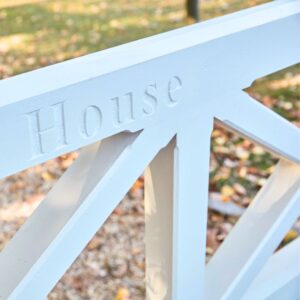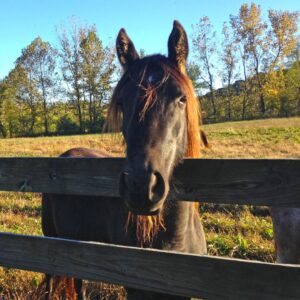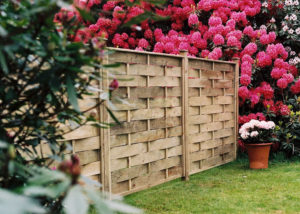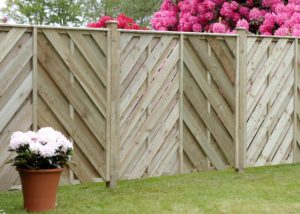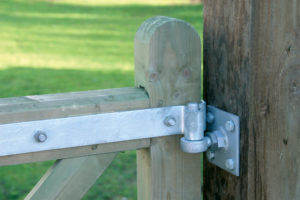Sustainable timber is sourced from forests that are responsibly harvested and managed following the FSCs (Forest Stewardship Council) social and environmental criteria. It is widely available and should cost marginally or no more than other timbers.
Who are the FSC and how do they control sustainable timber?
The FSC promotes the responsible management of the world’s forests, with its global forest certification. Their aim is to help local people and society to enjoy long term benefits and provide strong incentives to sustain forest resources.
It is a non-profit organisation, with the forests being inspected and certified against strict standards. The forests that meet these standards are awarded the FSC certification and the timber is allowed to be branded with the FSC label.
The FSC also award Chain of Custody (CofC) certificates, which allows timber manufacturers, processors and traders to brand their products with the FSC label. FSC certified wood identifies that the timber is tracked throughout the supply chain and gives assurances to the consumer that it is:
Made from FSC certified timber or contains wood from FSC certified forest or is FSC certified post-consumer waste.
The certificate verifies that the material has been identified and / or segregated from non-certified or non- controlled material throughout the chain.
The standards set out in the scheme ensures the wood is:
- Accounted for at every step of the supply chain
- When it is mixed with other woods, they do not come from undesirable sources that the recycled / reclaimed material is acceptable.
A company that would like FSC certification must put a management system into place to maintain the integrity of the FSC label, when the timber is in their company.
This includes:
- Checking that their suppliers have the certification Setting up a Quality Management System
- Person designate Documentation Training
- Records
- To take charge of the compliance and ensure all relevant employees are fully informed Ensure the procedure is written up as a manual
- Show and retain evidence that all employees involved with FSC materials are fully trained
- Production, purchase, sales, training, trademark documentation must be kept for 5 years with a constantly updated list of product groups covered by the CofC.
Defined product groups that are sold with an FSC label Contacting an approved certification body to approve an audit.
An example of products that may carry the label include: garden furniture, decking, gates, fences, sheds, conservatories, bird tables etc.
Being a certified company shows that you comply with the highest social and environmental standards and that you follow responsible practices in the manufacturing of your products. As public concern increases about the world’s forests and the impact on the timber resources, the FSC and other certification schemes gives a credible solution for the consumer to purchase their products in an environmentally and socially conscious manner.
Other timber bodies and organisations that have similar schemes or promote the use of sustainable timber include:
PEFC
An International non-profit organisation dedicated to promoting sustainable forest management through independent 3rd party certification – seeking to transform the way forests are managed globally and locally. There is also a UK body which was set up in 2000.
Rainforest Alliance
Works to conserve biodiversity and sustainable livelihoods. Their approaches to achieve this include training and certification to promote healthy ecosystems and communities in some of the world’s most vulnerable ecosystems. The Rainforest seal is an international recognised symbol of environmental, social & economic sustainability.
Forestry Commission Of England
Reports and advises government on policy and its implementation where they are responsible for forestry in the UK. They have a number of responsibilities including managing and protecting forests and supporting woodland owners.
Timber Trade Federation (TTF)
Their members satisfy strict criteria and adhere to European standards and codes of practice for timber products and represent all sectors of the timber industry.
TRADA
The Timber Research & Development Association – A centre of excellence on the specification and use of timber products.
Wood For Good
UK organisation promoting suitability and sustainability of wood
Wood Protection Association (WPA)
A technical and advisory organisation dedicated to improving the performance of timber as a sustainable construction material and specialising in a number of areas including standards and regulations covering wood protection.
HISTORY OF THE FSC
1990 California, USA
A group of timber users, traders and representatives from human rights and environmental organisations met and identified the need for a system to identify well managed forests.
1992 Rio, Brazil
The Earth Summit was held. During this event commitments to forest management were identified but not legalised. They support the idea of a non-governmental, independent and international forestry certification scheme.
1993 Canada
The FSC founding assembly was held – after consultation in 10 countries to build support
1994 Mexico
FSC established a legal entity in Mexico
2003 Germany
FSC Secretariat relocated here
2011
Over 20,000 Chain of Custody certificates issued to date and the 1000th forest management certificate was issued.

